A CAC-Only 1936 Proof Set is Meaningful & Practical
The feature editorial from the Spring 2022 edition of the CAC Rare Coin Market Review.
It is easy to assemble a set of Choice to Gem grade 1936 Proof coins such that every coin in the set has been graded by PCGS or NGC and then approved by experts at CAC. Each coin that is submitted to CAC and approved receives a CAC sticker, which is affixed to the respective coin’s PCGS or NGC holder.
A submitted coin is approved if experts at CAC find that the quality of the respective coin is solid for the already assigned, whole number grade by PCGS or NGC. Experts at CAC ignore the plus aspects of grades assigned by PCGS and NGC. For a greater explanation about the meaning and role of CAC, please read my article in the inaugural issue ofThe CAC Rare Coin Market Review, August 2019 (https://tinyurl.com/ReducingRisk).
CAC has approved hundreds of Proof 1936 coins and these are available often enough. Each 1936 Proof set contained a Lincoln cent, a Buffalo nickel, a Mercury dime, a Washington quarter and a Walking Liberty half dollar. The series of Peace dollars ended in 1935 and regular issue U.S. gold coins were last minted in 1933. While original 1936 Proof sets survive, most currently intact original sets are not of impressive quality.
Choice to Gem quality 1936 Proof coins were generally removed from their respective sets and sold to collectors of particular series by date. A collector who seeks a really nice 1936 Proof set should obtain one coin at a time and thus assemble a set.
These were the first Proof sets to contain Mercury dimes, Washington quarters or Walking Liberty half dollars. Although 1936 Proof sets contained Buffalo Nickels and Lincoln cents, Matte Proof Buffalo nickels had earlier been included in Proof sets dating from 1913 to 1916. Lincoln cents were parts of U.S. Proof sets from 1909 to 1916.
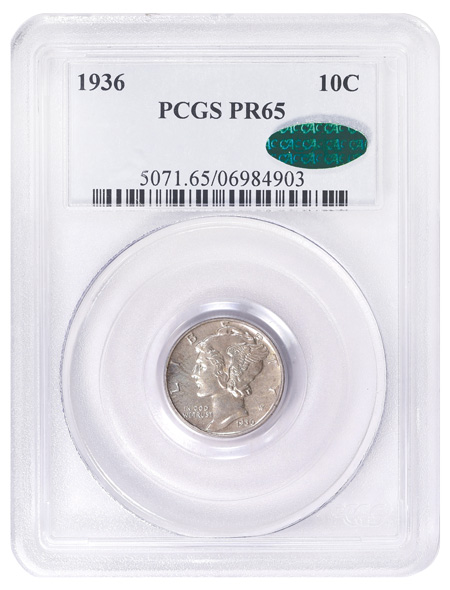
The tradition in the United States of Proof sets dates to 1821 or earlier. Proof sets were not made every year. In regard to Proof coins dating from before the 1860s, an extremely small number of original documents survive regarding the minting and distribution of Proof sets.
Very few Proof sets were made during the 1820s and the 1830s. The Proof sets of 1834-35 that contained 1804 dollars are discussed in my Greysheet article on Proof Bust dollars (https://tinyurl.com/BustDollarsPart4).
In the 1840s, collectors who had friends or other contacts at the Philadelphia Mint could acquire Proof sets, though there was no advertising or public discussion of them, as far as I know. Many Proof coins and non-Proof Special Strikings dating from the 1850s were made in an unusual manner or were not carefully made. Details regarding the minting and distribution of Proof sets during the 1850s are unclear now. At times during the 1850s, though not in every year, collectors purchased Proof sets, without gold coins, from the Philadelphia Mint for $2.02 per set. Indeed, it is almost certain that 1855 and 1856 sets were sold for this price, $2.02 each, $0.075 above face value. Not much is known in the present about the minting and distribution of Proof gold coins during the 1850s.
In the 1860s, Proof sets were openly available for clearly revealed prices, and many collectors ordered them by mail. From 1865 or so until 1915, it was common for people to order Proof sets with silver coins, copper (usually “French bronze”) coins and nickels directly from the Philadelphia Mint. A set that included copper, nickel and silver coins was often called a “Silver Proof Set.” Such sets and similar kinds of U.S. Proof sets that came later, with denominations from one cent to a half dollar or one dollar coin, have been popular for more than 150 years.
In many instances during the period from 1865 to 1915, gold-only Proof sets, comprehensive sets of all then current denominations, or individual Proof coins were ordered by collectors. From the 1860s until 1906, and again from 1910 to 1915, buying Proof sets from the Philadelphia Mint was relatively straightforward and easy. In regard to U.S. Proof coins from 1907 to 1909, there are some complicated issues that are way beside the topic of 1936 Proof coins.
Matte Proof Lincoln cents were minted from 1909 to 1916 and Matte Proof Buffalo nickels were minted from 1913 to 1916. In terms of physical characteristics, these are much different from the Proof Lincoln cents and Buffalo nickels that were in 1936 Proof sets.
In 1916, a Proof set contained just two coins, a Lincoln Cent and a Buffalo nickel. Strangely, Proofs of silver or gold denominations were not offered for sale by the U.S. Mint in 1916.
From 1917 to 1935, no regular Proof sets were issued and a very small number of U.S. Proof coins of any sort were made. The few Proofs and non-Proof Special Strikings that were struck after 1916 and before 1936 constitute a complex topic. These were not available to collectors at large.

In 1936, new Proof sets again became available to all interested collectors and the general public. U.S. Proof sets were minted and openly distributed each year from 1936 to 1942. There were no Proof sets from 1943 to 1949. Traditional U.S. Proof sets have been minted during most years from 1950 to date.
Starting in the 1980s, in addition to traditional Proof sets, the U.S. Mint has been offering a wide range and variety of non-circulating ‘coins’ to collectors, including business strikes and Proofs. Many contemporary coins struck in Proof format are unrelated to coins that actually circulated or were intended to circulate.
A 1936 Proof set features Proof counterparts to coins that truly circulated. On occasion, Proof coins were spent, too, during hard times or by people who did not understand that they were spending Proof coins.
In the context of modern coins, Proofs dating from 1936 to 1942 are relatively rare. For all seven years, the maximum number of Proof sets in total that could possibly have been distributed was less than 75,000.
Of U.S. coin denominations in 1936, the lowest Proof mintage was for Washington quarters, 3837. Therefore, a maximum of 3837 1936 Proof sets were issued, though the real total might have been significantly less.
Some Proof 1936 coins were sold or otherwise released as individual pieces. The mintage of Proof 1936 Lincoln cents was more than five thousand, much higher than the mintage of Proof 1936 Washington quarters. Mintages of Proof 1936 Buffalo nickels and Proof 1936 Mercury dimes were each above four thousand. The mintage of Proof 1936 Walking Liberty half dollars, however, was less than four thousand.
In 1942, more than twenty thousand Proofs of each denomination were struck. In 1950, more than fifty thousand Proof sets were released. For the year 1957, the mintage of Proof sets was more than one million! In 1961, the milestone of three million new Proof sets sold was exceeded. In contrast, the maximum number of 1936 sets that could have been released, 3,837, is extremely small.
Proof 1936 coins are much scarcer than their brothers and sisters who were born from 1938 to 1942. In 1938 and in 1939, more than eight thousand Proof sets were minted. In 1940, there were more than ten thousand. Proof coins of 1936 are also noteworthy because there are two major varieties of Lincoln cents and of Buffalo nickels.
Some Proof 1936 cents have a Satin finish, which is hard to explain. It is softer and less reflective than Proof Lincoln cents of later dates. Other Proof 1936 cents have a more Brilliant finish, like finishes that are typical of Proof coins. To comprehend or at least appreciate the distinctions, Proof 1936 Lincolns of both varieties need to be examined in actuality. While only one is required for a Proof set, it is not hard to acquire representatives of both varieties of Proof 1936 cents.
I recommend seeking Proof 1936 cents that are certified as Red & Brown (RB) or just Brown (BN). Indeed, I find the Satin Proof 1936 cents that are certified as Red (RD) to be unexciting, and often of an awkward red color.
In general, the premiums paid for certified Red (RD) Lincoln cents are not always sensible. Natural red color on copper or bronze coins tends to fade over time anyway (https://tinyurl.com/FullRedPremiums).
On March 11, 2020, Stack’s Bowers sold a PCGS certified Proof-64RB Satin Proof 1936 cent, with a CAC sticker, for $552. On Oct. 24, 2019, Heritage sold a CAC approved, NGC certified Proof-64RB Brilliant Proof 1936 cent for $456. On March 7, 2021, the firm called GreatCollections sold a CAC approved Proof-64RD Brilliant Proof 1936 cent for $965.24.
As with 1936 cents, there are two major varieties of Proof 1936 nickels. The Satin Proof 1936 nickels, however, are much different in texture from Matte Proof Buffalo nickels that date from 1913 to 1916. These are hard to describe. I suggest viewing several of them.
Brilliant Proof 1936 nickels are not as interesting as Satin Proof 1936 nickels, though are dynamic and cool. Buffalo nickel collectors often desire all three: a Matte Proof from 1913 to 1916, a 1936 Satin Proof, and a Brilliant Proof 1936 or 1937.
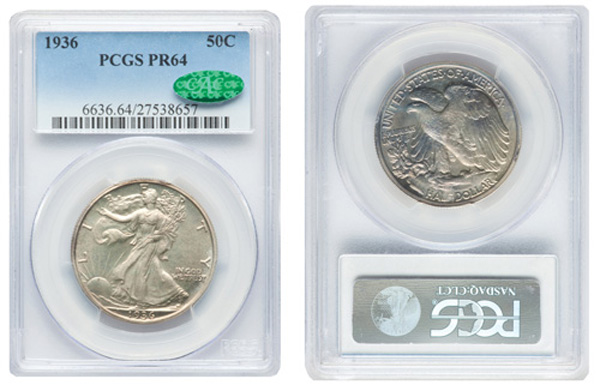
While seeking these, collectors should not feel confined by price guides or
past auction results. Individual coins really need to be seen to be
evaluated. Some public sale prices are cited here to provide ideas about
the costs of Proof 1936 coins.
On February 14, 2022, the Goldbergs auctioned a CAC approved, PCGS certified Proof-66 Satin Proof 1936 nickel for $1,620, a reasonable price. On January 2, 2022, David Lawrence Rare Coins sold a CAC approved, NGC certified Brilliant Proof-64 1936 nickel for $1,300. On Feb. 27, GreatCollections sold a CAC approved, NGC certified Brilliant Proof-66 1936 nickel for $2,531.25.
It is fairly easy to find a gem quality 1936 dime. CAC has approved eighty-nine 1936 Mercury dimes as Proof-65, one hundred and fifty-four as Proof-66 and forty-one as Proof-67. On Feb. 27, 2022, GreatCollections sold a CAC approved Proof-65 1936 Mercury dime for $919.50. I like the fact that this coin has much toning rather than being another dipped-white, 20th century silver coin.
Curiously, CAC approved Proof 1936 quarters are much scarcer than CAC approved Proof 1936 dimes. CAC has approved just 185 Proof 1936 quarters, in all grades. Most Proof 1936 quarters are less costly than corresponding dimes.
On Jan. 11, 2022, Heritage sold a CAC approved, PCGS certified Proof-64 quarter for $780. On Feb. 27, 2022, GreatCollections sold a CAC approved Proof-65 quarter for $1,012.50. On Nov. 29, 2021, Stack’s Bowers auctioned a CAC approved Proof-66 1936 quarter for $1,320.
Proof Walking Liberty half dollars are very popular. As business strikes tend to lack detail, collectors enjoy the additional detail that is typically seen on Proof Walkers. Also, I find Proof Walkers to be entertaining in a way that I cannot explain yet.
On Feb. 27, 2022, Heritage auctioned a CAC approved Proof-64 1936 Walker for $1,740. The CPG®-CAC retail estimate for a Proof-65 1936 half is $3,880. On Oct. 3, 2021, GreatCollections sold a CAC approved, NGC certified Proof-66 1936 Walker for $5,775.
Of each denomination, at least a few CAC approved Proof 1936 coins are available every year. As the first year of modern Proofs, 1936 coins signify the revitalization of a past tradition and mark the beginning of a new era. Enough high quality Proof 1936 coins are around such that each collector may patiently select coins that are particularly appealing to him or her.
Copyright ©2022 Greg Reynolds
Insightful10@gmail.com

Download the Greysheet app for access to pricing, news, events and your subscriptions.
Subscribe Now.

Subscribe to CAC Rare Coin Market Review for the industry's most respected pricing and to read more articles just like this.
Source: Greg Reynolds









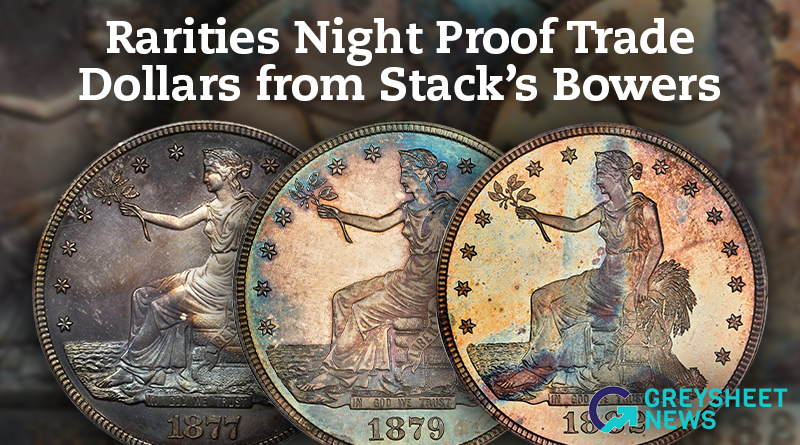
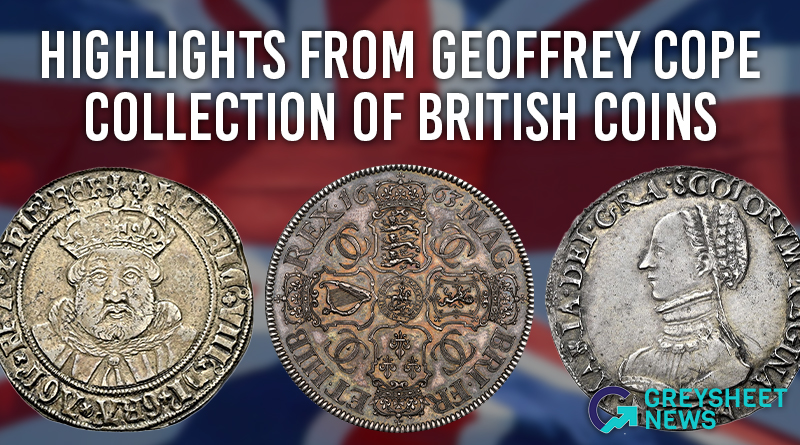
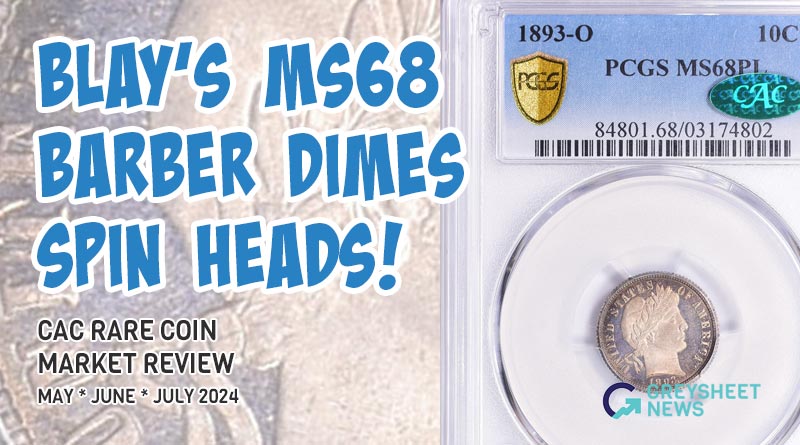
Please sign in or register to leave a comment.
Your identity will be restricted to first name/last initial, or a user ID you create.
Comment
Comments